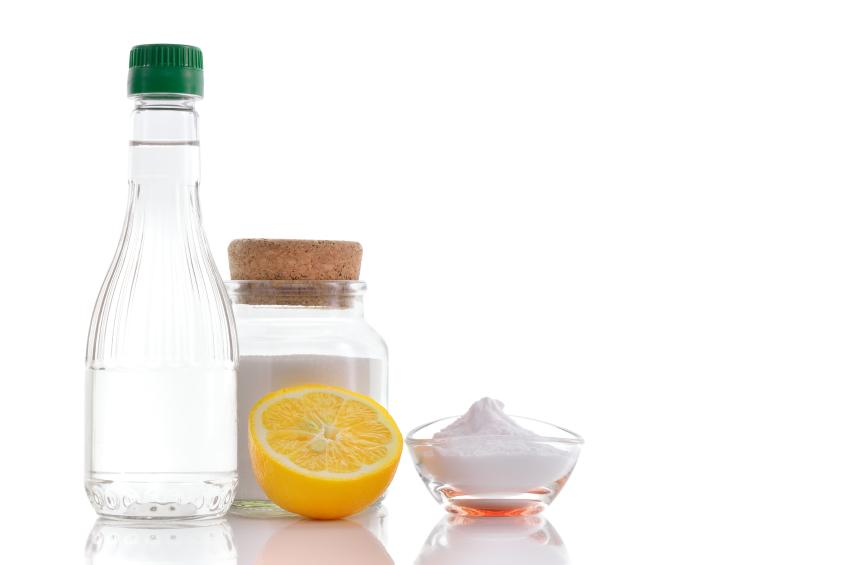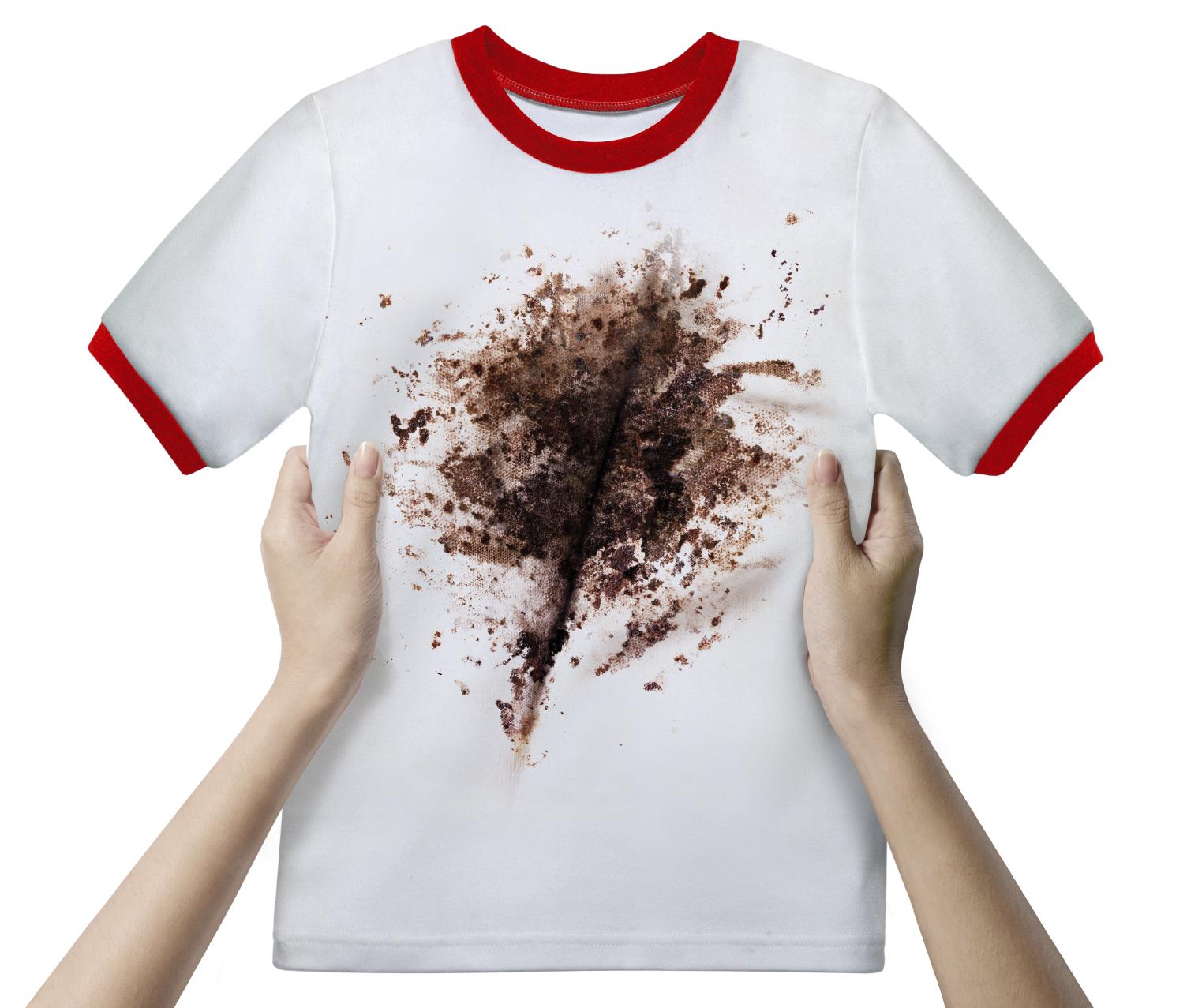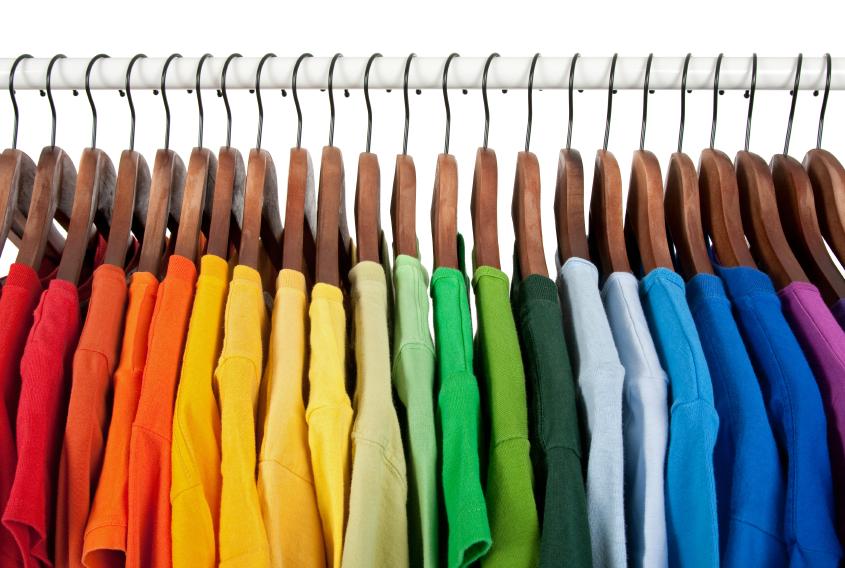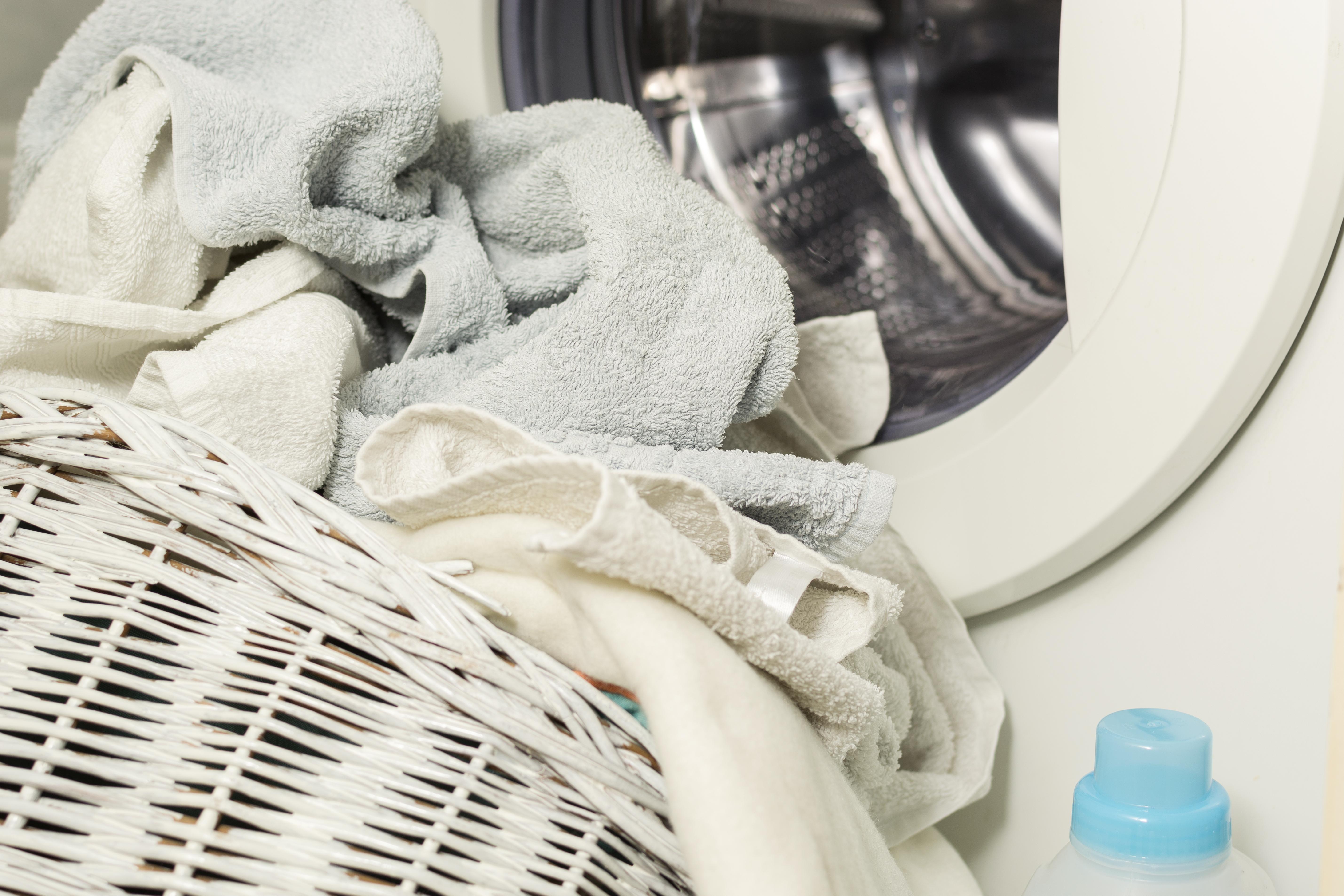How to Wash Clothes Using Vinegar

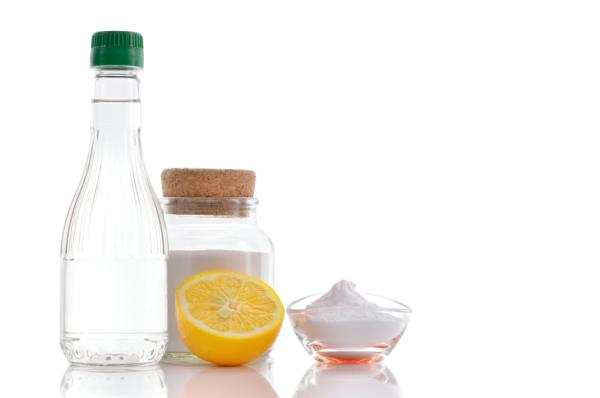
Great on fries or mixed into salad dressing, vinegar is a common condiment we often take for granted. We take it for granted because we don't always appreciate just how useful it can be and often limit it to these culinary applications. Open up the powerful potential of vinegar by using it as a secure and natural way to wash clothes and remove stains. Adding vinegar to your laundry can help eliminate accumulated soap and chemicals. This makes colors last longer and avoids static electricity. Vinegar can also make towels softer and increase the longevity of nylon stockings. Keep reading oneHOWTO and find out how to wash clothes with vinegar to see just how versatile and useful this ‘condiment’ can be.
You'll need:
- White vinegar
- Water
- Soft brush for clothing
- Dirty laundry
Steps to follow:
Using vinegar to remove stains
Stains are a normal part of living, particularly if you have kids or just messy eaters in your home. While not all stains need to be treated in the same way, many can be reduced or removed with the help of white vinegar. These can include:
- Chocolate
- Jam
- Jelly
- Fruit
- Wine
- Coffee
- Tea
- Juice
- Soup
- Beer
- Soda (Cola)
- Ketchup
To apply vinegar to remove these stains, pour a spot directly onto the stain. Unlike some of the other ways to wash clothes using vinegar, you can use the full concentrated white vinegar. Let it soak in for about 10 minutes before washing as you normally would. If you have a very small spot or spots, dip a Q-tip and then gently rub onto them. This could be the case if you have a little splatter rather than a full dollop.
The vinegar works in the same way as most stain removers work; as a solvent. The acid of the vinegar breaks down the chemical compounds of the material in the stain and it dissolves. Vinegar also acts as a bleaching agent, so white vinegar is good for your white wash clothing. If you use something like malt vinegar, then its own color may replace the stain you are trying to remove. Balsamic or red wine vinegar should never be used to treat stains, they will cause their own. Ironically, white vinegar (NB: not white wine vinegar) can be used to wash clothing stained by these other types of vinegar.

When you buy new clothes, they often have a nice "new clothes" smell which can make wearing them right away seem fine, if not even enjoyable. However, your clothes often have made a long journey before they've even reached the store. Chemicals and dyes on the clothes have been added, either for presentation or preservation. They might be there to reduce wrinkles in the clothes as they are shipped about or prevent mildew occurring in the conditions of transport. According to Lindsey Bordone, M.D. of Colombia University (interviewed on The Huffington Post), these may include formaldehyde resins, the same chemical compounds used to preserve cadavers.
Vinegar is not only good for washing dirty clothes, it is also a good idea to wash brand new clothing with white vinegar. To get rid of any chemical components found in new clothes, let the clothes items soak in a solution of water and white vinegar for an hour before washing. Fill a bowl with water, pour half a cup of vinegar, stir and let the clothes submerged in it for 60 minutes at least. This will cause a chemical reaction between the vinegar and preservatives in the clothes, destroying the latter.

Colored clothing can be a great way to show off in summer or even make the winter months a little less drabl. Unfortunately, with washing and exposure to the sun, colors can fade and lose their vibrancy. While this might be good for the shabby chic look, it is not always ideal. If you want to bring color back to your clothes, vinegar can be a really great preventative. It can keep the intensity of your colored clothes and not lose their tones too soon.
To use vinegar to keep the colors of your clothes, you can leave them to soak in a mix of 1 cup of vinegar to a gallon of water for ten minutes in order to avoid color runs in the wash. Then wash the clothes as usual. Be careful not to mix your white and color washes otherwise all the vinegar in the world might not be able to bring them back.

With time, towels lose their original softness and are rougher to the touch. This can make them scratchy and even be irritable to your skin. Plus there's nothing like a comforting fluffy towel just straight from the shower to make your feel comfortable as well as clean. A good home remedy to get back their sponginess is to put them in a cold cycle with detergent and add a glass of white vinegar with it. If you want more information you can read our article on how to wash towels in the washing machine. It should be a good way to restore fluff, bounce and all the great things about a good towel. If not, perhaps it's time to invest in a new one.

Have you ever put on a shirt straight from the laundry and noticed there is a lonely sock sticking to the back of it? This is due to something called "static cling". Static electricity generates during the wash, particularly in tumble dryers. This is hardly life threatening, but it can cause the accumulation of dust and errant fibers on your clean clothes. If you have pets, this is particularly a problem as their fur and hair can cling to you. This can be quite unpleasant. Synthetic fibers like acrylic, nylon and polyester are prone to static cling.
If you want to reduce the chances of static electricity affecting your clothes, add 1/2 cup of vinegar in the last phase of the wash cycle to prevent the accumulation of fluff and pet hairs.
Another handy tip for washing clothes with vinegar is to wash your bed clothes with it. It's not going to make your bed smell like a fish and chip shop on a Friday night, but it can bring them back to life after normal wear and tear. Add 2 cups of vinegar to the end of the rinse cycle when washing sheets and blankets. This will remove soap that has accumulated over time, leaving the bed linen softer.
Using vinegar to wash your clothes can also work for lots of other clothing related issues. If you accidentally sit in some chewing gum, soaking the part of the clothing with the gum residue in white vinegar can help get rid of any sign it was ever there. Just make sure to wash normally afterwards or you will smell the vinegar.
It's also great for delicate materials like suede as you can use a little bit on a Q-tip or toothbrush to gently rub the stain off. Do it in the direction the material goes in first, then try against the grain a little if it doesn't work first time. Vinegar is also great for sweat stains, particularly on white shirts where it is notoriously difficult to remove. Just soak the affected area in white vinegar before you put into the wash. This can also work effectively on deodorant stains in the arm pit area.
If vinegar doesn't work completely on its own, you can also combine it with some other homemade cleaning techniques. These may include; using baking soda, rubbing alcohol or even washing up liquid.

While it is very useful for washing clothes in your laundry, vinegar is also useful to help you clean your washing machine. We recommend adding 1 cup of vinegar in the machine when empty and put on a normal cycle once a month. Doing so you'll get rid of all the soapy residue that has accumulated in the washing machine. This is particularly the case if you have accidentally left wet clothes in there as they can start to smell damp and musty, so giving it a clean is warranted.
White vinegar can also be used to remove bad odors from clothes without washing them, learn how with our tutorial.
If you want to read similar articles to How to Wash Clothes Using Vinegar, we recommend you visit our Home cleaning category.
Tips
- Soak clothes in equal parts of vinegar and water, this will help eliminate any offensive smells that may have been absorbed by the fabric.
- If you are asking how to remove mould from clothes, the answer is pre-treating with vinegar before washing.
- Some people say that frequently using vinegar can rot the rubber hoses and seals. Though this has never been proved scientifically, use in moderation.




